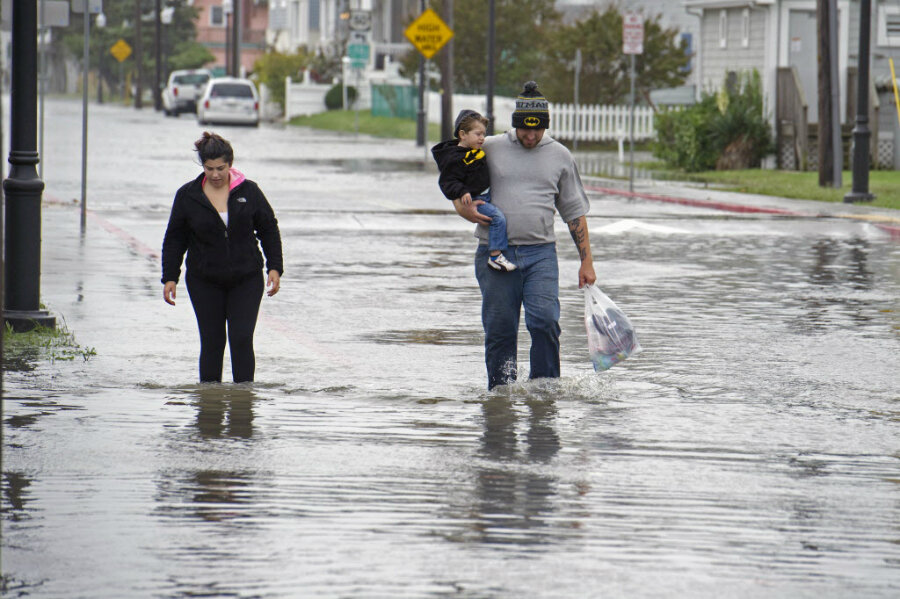Why hurricane season is getting longer
Loading...
While the overall number of hurricanes has dropped in recent years, the 2015 season started earlier and will finish later.
Hurricane season in the Pacific and Atlantic oceans is generally said to run from June 1 to Nov. 30.
Yet hurricane Ana touched down on the shores of South Carolina in early May, preceding the start of the traditional hurricane season by nearly a month.
Last week, hurricane Sandra set a record for being the latest major hurricane in the Eastern Pacific Ocean, with wind speeds up to 144 m.p.h., though the storm was downgraded to a tropical storm by the time it touched down on Mexico’s west coast.
The six-month period marking hurricane season is based on historical averages. It may be too early to tell if this year signifies a change in the unofficial hurricane season, but Jim Kossin, a NOAA researcher, said data collected since 2008 may show it may be increasing slightly.
“The evidence here certainly points toward that trend seems fairly real,” he told Climate Central.
El Niño warming in the Pacific has certainly been a factor on the number of hurricanes overall. While the Atlantic Ocean has seen a decrease in hurricanes this year, more occurred in the Pacific.
In the Pacific, 24 tropical storms and 15 hurricanes were documented, while hurricane Patricia broke records with winds of 200 m.p.h., according to National Geographic.
In August, the National Oceanic Atmospheric Administration’s (NOAA) Climate Prediction Center indicated the number of Atlantic hurricanes in 2015 was below normal.
One reason for the disparity hurricane season is the El Niño weather pattern, which is warming the waters of the Pacific Ocean and creating cooler than usual temperatures in the Atlantic.
“This extra bump in temperature, when combined with the long-term warming of the planet due to human-caused emissions of heat-trapping gases like carbon dioxide, makes it virtually certain that 2015 will be Earth's second, consecutive, warmest year on record,” Jeff Masters, of Weather Underground, told National Georgraphic.
El Niño tamps down wind shears in the Pacific and intensifies them in the Atlantic. This difference changes air pressure created stronger trade winds, making it less likely for a hurricane or tropical storm to form.
"As hurricanes develop from thunderstorms, they need to grow tall in the atmosphere as heat and moisture is concentrated in the middle of the storm," said Angela Fritz, of The Washington Post. "If winds are too strong at the upper levels, it can tear a young storm apart, or even prevent it from developing in the first place."
Coastal regions in the US have not seen a major hurricane touch down since 2012 while the pattern has decreased overall since 2005.
This development is unique because it marks the first nine-year period since the 1850's that a Category 3 storm has not struck US shores, according to a NASA study released this year.
Mr. Masters said the conditions are likely to stretch into 2016.







